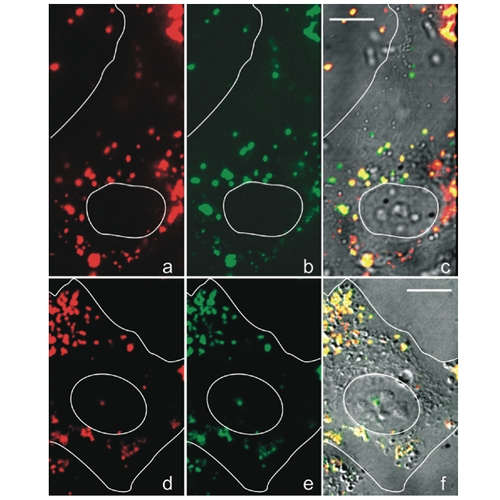Role of Endosomal Escape for Disulfide-Based Drug Delivery from Colloidal Mesoporous Silica Evaluated by Live-Cell Imaging
02-Aug-2010
Redox-driven intracellular disulfide-cleavage is a promising strategy to achieve stimuli-responsive and controlled drug release. We synthesized colloidal mesoporous silica (CMS) nanoparticles with ATTO633-labeled cysteine linked to the inner particle core via disulfide-bridges and characterized their cysteine release behavior after internalization into HuH7 cells by high-resolution fluorescence microscopy. Our study revealed that endosomal escape is a bottleneck for disulfide-linkage based drug release. Photochemical opening of the endosome leads to successful delivery of fluorescently labeled cysteine to the cytosol.











